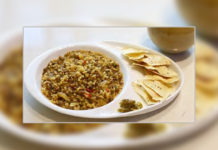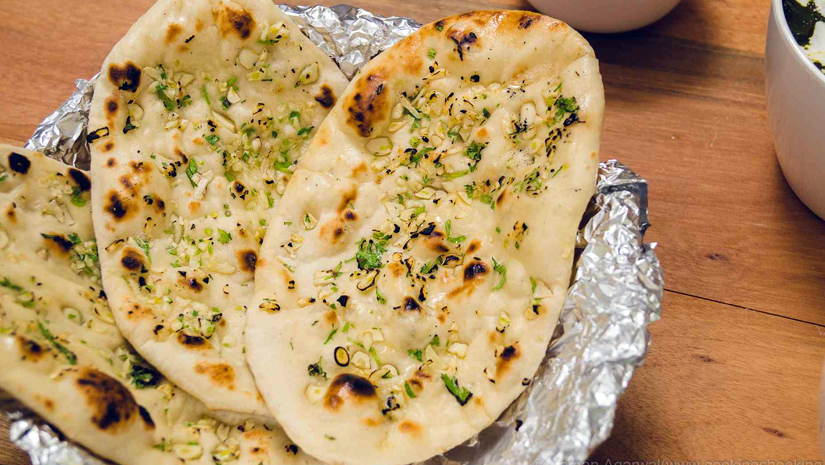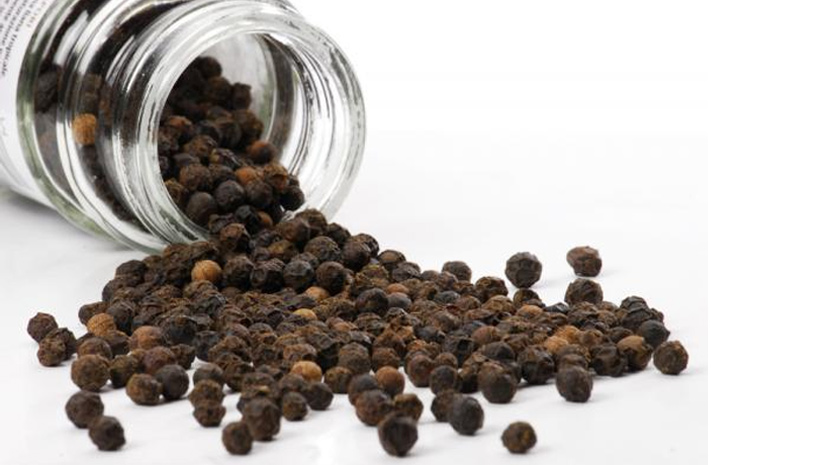Our lives have been associated with these foods in such a way that we hardly have an idea of their original “source”. Although these foods are now known as “Indian delicacies” worldwide, but they are not originally from India. Let’s have a look at the foods that have been integrated into our daily lives.
7 Foods we thought were Indian
1. Samosa:

Yes, sorry to burst your crispy, tasty, fried, yummy, triangular shaped stuffed bubble. But this delicacy is not born in India. It was introduced as “sambosa” in 13/14th century by Middle-East travelers as who travelled light and wanted some food that they can carry longer and were easy to cook. It slowly got incorporated in Indi and are stuffed with various stuffings like – potatoes, peas, mixed vegetables, spiced powder lentils and meat. This delicacy is a tea-time snack and every Indian swears by it.
2. Tea:

As shocking as it sounds, it’s true. Tea has its origin in China. It dates back to 5000 years. Tea has more than 50 different varieties and is considered as a healing drink. Tea is drunk when suffering from cold, cough, flu, fever, headache and other common infections. Tea is more of a National beverage in China, India and Great Britain.
3. Jalebis:

The most delicious and popular Indian sweet, commonly seen on road sides in Lucknow, Delhi, Haryana, Varanasi, Agra etc., is actually from the Middle East, with variations across the Asia. Also known by many names such as Zalabiya (Arabic), Zalibiya (Persian), Jilebi, Jilapi, Jilawii or Zulbiya, the dish was brought to India by Persian invaders.While in Northern India Jalebis are thin and crispy, the South Indian version consists of thicker and have a slightly different shape. Jaangiri and Imartee are variations of the Jalebi.
4. Gulab Jamun:

This ever-favourite Indian dessert originated in the Mediterranean and Persia. Though the original form of the dessert is called luqmat al qadi and made of dough balls deep fried, soaked in honey syrup and sprinkled with sugar, once it reached India, the recipe was modified according to Indian tastes.
5. Biryani:

Umm . . Yes. The famous Biryani is not Indian. The delectable Biryani originates from the Persian word “Birian” which means “fried before cooking.” It originated in Persia and Arabia which has now come to be an essential part of the Mughlai cuisine. Legend has it that MumtazMahal, once visited army barracks and thought that the soldiers were under-nourished. Therefore, she asked the chef to prepare a special dish, which offers complete nutrition, this is how ‘Biriyani’ came to be associated with India.
6. Naan:

This originated by virtue of an experiment, after the arrival of yeast in India from Egypt, brought during the Mughal era. Developed around 2000 years ago, it also traces its roots back to Persian cuisine which now has delectable variants & pairings to make it even more lip-smacking.
7. Rajma:

TheRajma bean was brought to India through Central Mexico and Guatemala. The initial preparation or soaking and boiling the beans and adding a few spices is adapted from Mexican recipes while its Indian preparation is quite different. Rajma is a staple in Mexican diet.
By: Archa Dave

























